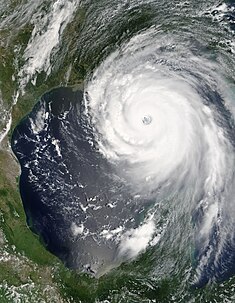Guest post from Drew Shindell, NASA GISS
Our recent paper “Climate response to regional radiative forcing during the twentieth century”, has generated some interesting discussion (some of it very ‘interesting’ indeed). So this post is an attempt to give a better context to the methods and implications of the study.
[Read more…] about Yet more aerosols: Comment on Shindell and Faluvegi
 A number of satellite related issues have come up this weekend: The
A number of satellite related issues have come up this weekend: The 